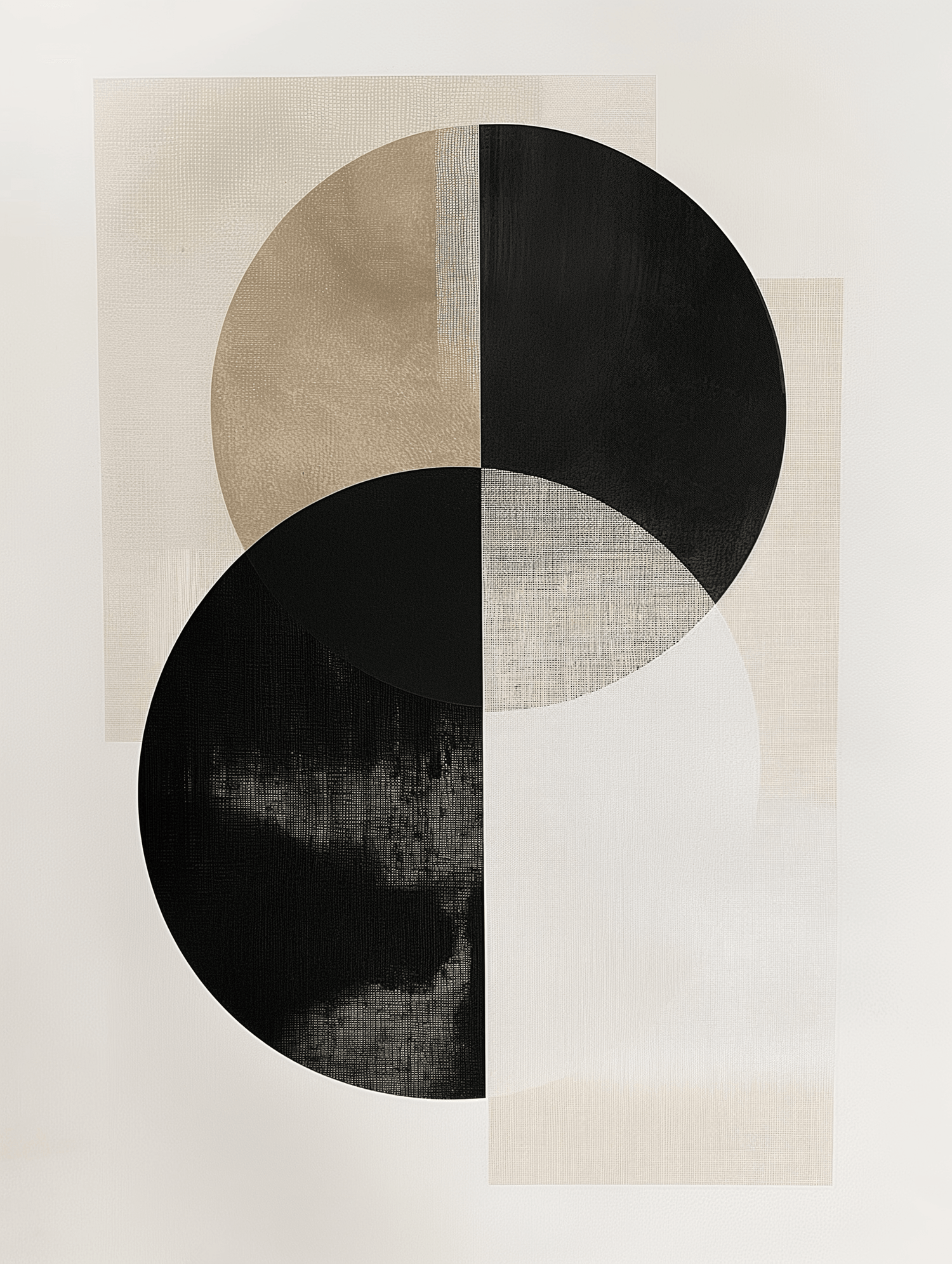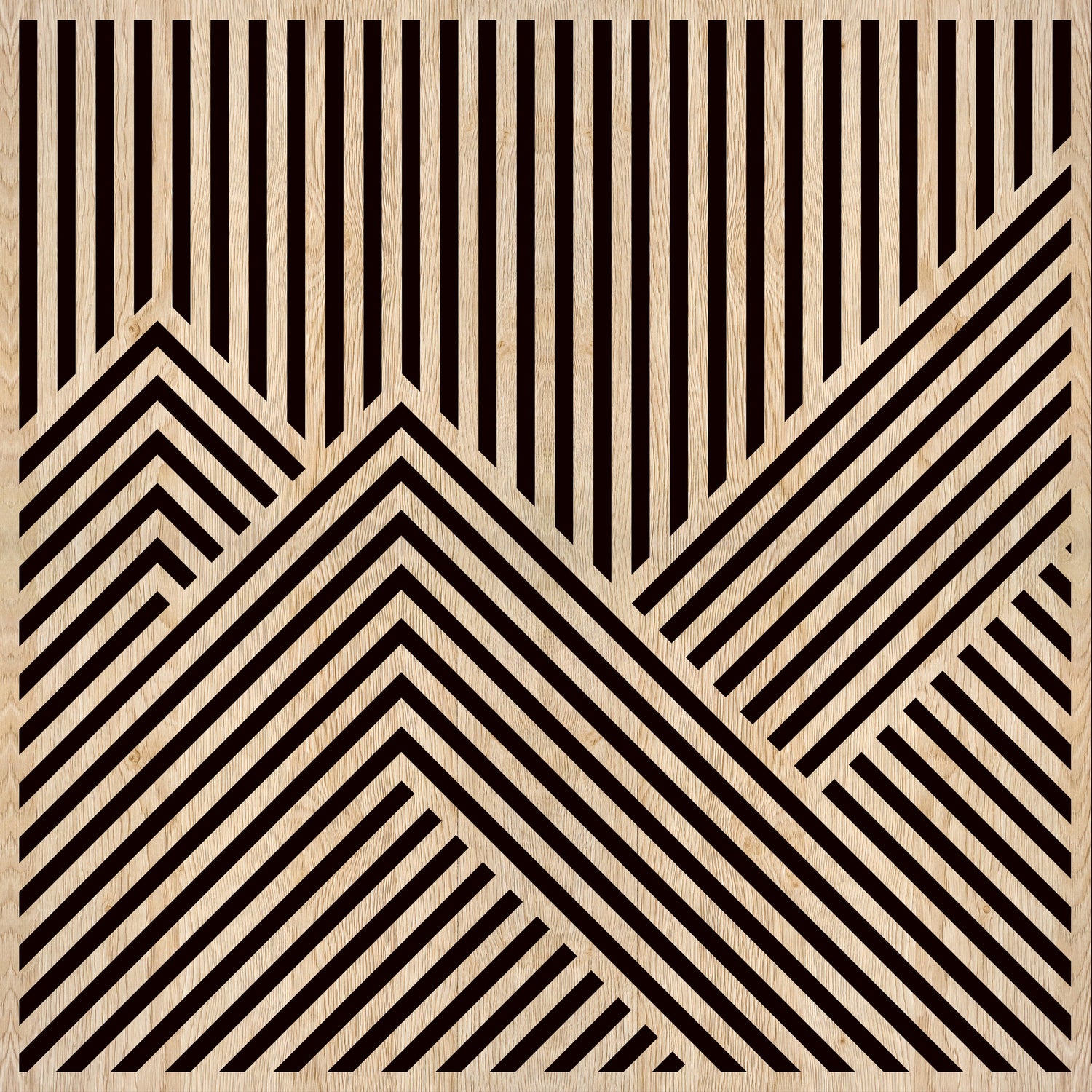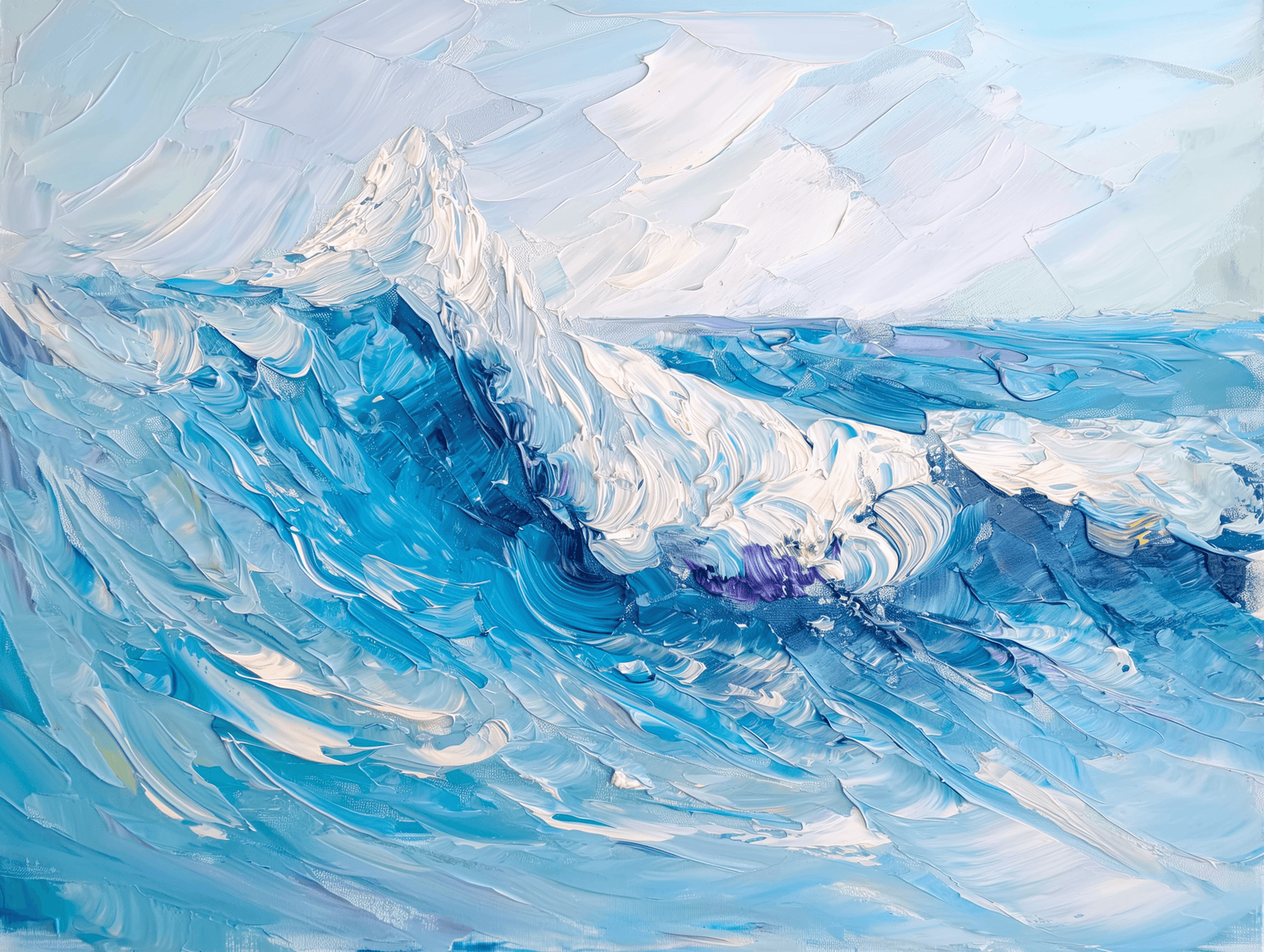 Introduction
Introduction
Leonardo da Vinci's "The Last Supper" is one of the most studied and admired works in the history of art. This Renaissance masterpiece, painted between 1495 and 1498 in the refectory of Santa Maria delle Grazie in Milan, is rich in symbolism and mystery that have fascinated scholars and enthusiasts for centuries. In this article, we will explore the history, technique and interpretations of the work, and then discover how Materico.it has reproduced it with a three-dimensional effect that enhances its depth and drama.
The Story of "The Last Supper"
Commissioned by Ludovico il Moro to decorate the Dominican convent of Santa Maria delle Grazie, "The Last Supper" depicts the exact moment in which Jesus announces to his disciples that one of them will betray him.
The work is characterized by an extraordinary perspective composition and an intense expressiveness of the characters.
Leonardo used an experimental technique, mixing tempera and oil on dry plaster instead of the traditional fresco. This method, however, made the painting fragile and subject to rapid deterioration, so much so that numerous restorations were necessary in the following centuries.
Symbolisms and Interpretations
- The arrangement of the characters : The apostles are divided into groups of three, a number that recalls the Trinity. Christ is in the center, with his arms open to form a perfect triangle.
- Judas in the shadow : Unlike the other apostles, Judas is depicted in the shadow, with his face partially hidden, clutching a bag of money.
- The gesture of Jesus : Christ's hands point to the bread and wine, prefiguring the Eucharist.
- The Mystery of Mary Magdalene : Some scholars, including Dan Brown in the famous "The Da Vinci Code", have hypothesized that the figure to the right of Jesus is not John, but Mary Magdalene, suggesting possible esoteric meanings.
Trivia about "The Last Supper"
- A Fragile Work : Due to Leonardo's experimental technique, the painting began to deteriorate a few years after completion.
- Survived the bombings : During World War II, the refectory was severely damaged by bombings, but "The Last Supper" remained remarkably intact.
- A masterpiece studied by science : Modern technologies, such as infrared scanning, have revealed details hidden beneath the layers of paint.
Conclusion
"The Last Supper" by Leonardo continues to be one of the most enigmatic and fascinating works in the history of art. Thanks to the three-dimensional version of Materico.it, you can experience this work in a new perspective, appreciating every little detail with unprecedented realism.
What is Materico.it?
Materico.it is an e-commerce specialized in artistic reproductions with 3D effect. We offer a wide selection of works by great artists, modern and design creations, all made with innovative technologies to replicate the depth of the original brush strokes. The Made in Italy quality and attention to detail make each piece exclusive, perfect for those who want to enrich their spaces with high-level art.








